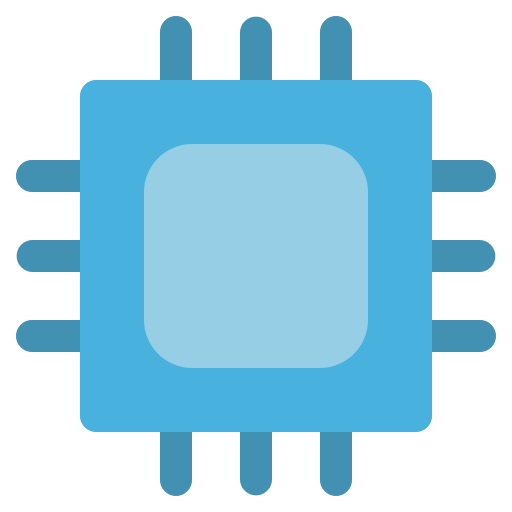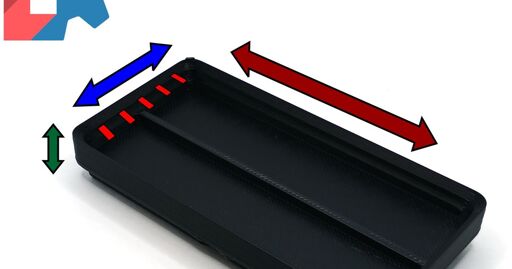

Not in this instance in particular, but I have a copy of Fantasia (i.e. the recalled/rareish game, which makes this even more annoying) which also refuses to boot. I’ve never been able to determine why. The contacts look good, all the traces look good, no part of the board is cracked, and staring at it under magnification doesn’t reveal any of the pins on the chips lifted or anything. It’s the only cartridge game I have for any system that doesn’t work. 'Tis a mystery.








Step five:
https://www.sordum.org/downloads/?st-edge-block